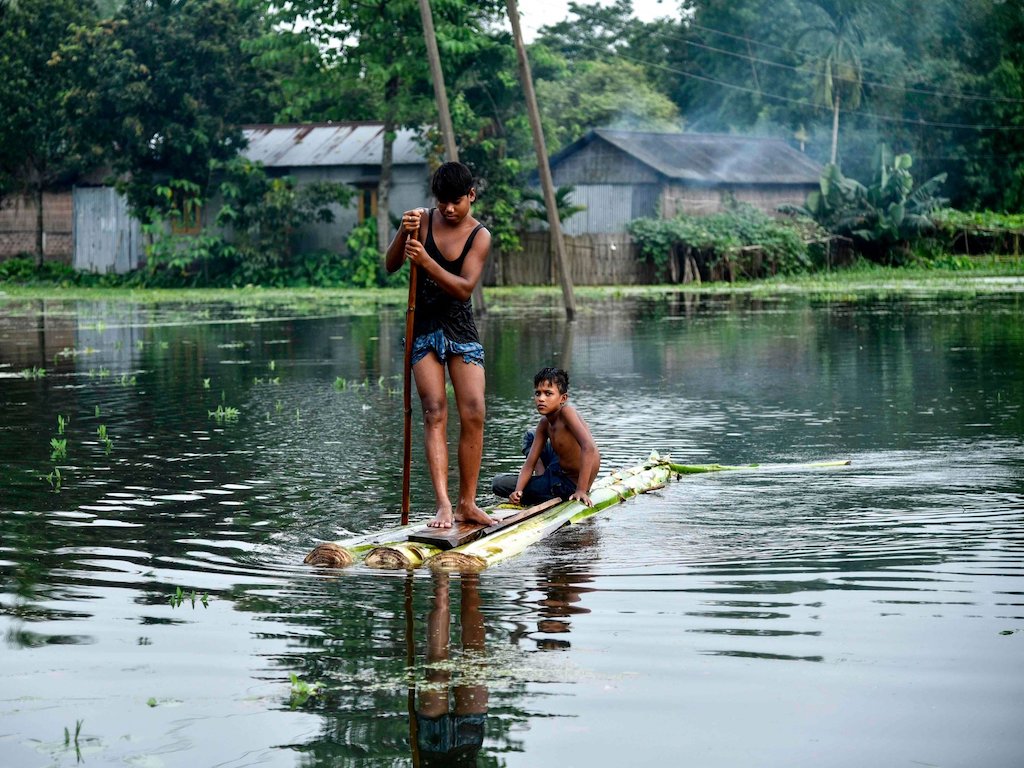3 Mins Read
Scientists from NASA, the National Oceanic and Atmospheric Administration and Stanford University are warning about the likelihood of deadly landslides and floods that will affect 1 billion in Asia.
In a new study, scientists have found that the climate crisis will bring about more frequent and intense rainfall events in the High Mountain Asia, affecting as many as 1 billion people who depend on the region, especially those in China, Tibet and Nepal. The study, which was conducted in a collaboration between NASA’s Goddard Space Flight Center, the National Oceanic and Atmospheric Administration (NOAA) and Stanford University, is another warning of the grave threats that lie ahead as unabated climate change worsens.
Expert scientists from NASA, NOAA and Stanford University have published their findings in a study of the link between climate-induced precipitation and landslides in Asia. Using satellite estimates and modelled precipitation data, their core finding is that the warming temperatures will bring about intense and frequent rainfall in High Mountain Asia, leading to more severe landslides in China, Nepal and Tibet.
More landslides due to climate-induced rainfall changes could in turn cause cascading disasters, such as landslide dams and floods that will affect large populations downstream – potentially affecting the 1 billion people who rely on the High Mountain Asia region for their daily irrigation and water supply. High Mountain Asia stretches across thousands of miles of glaciers, from the Hindu Kush to the Tian Shan mountain ranges.
Temperature rise is already leading to deadly consequences in the region. In the summer of 2019, monsoon flooding and landslides in Nepal, India and Bangladesh displaced over 7 million people. These disasters will become more severe and more frequent as the world continues on its trajectory of global heating.
More specifically, the study predicts that we could be seeing a 30% – 70% increase in landslide activity in the border region of China and Nepal. Though this region does not have a heavy population, it is home to vital glaciers and glacial lakes that could melt and release flash floods, causing infrastructure damage and loss of water resources that could impact hundreds of millions. It bolsters previous research finding that over 300 million people, the majority of whom are in Asia, will be experiencing severe annual flooding by 2050.
Scientists have been sounding the alarm on the threat of climate change for decades, but the issue has featured more heavily in the spotlight as people across the world finally begin to wake up to the severity of the crisis. Most recently, over 200 experts and scientists warned of an impending global system collapse triggered by several overlapping and interrelated climate disasters, a likely scenario given that global carbon emissions keep rising.
Governments in Asia appear to be doing little to prevent future catastrophes, despite the fact that research has confirmed that at this point, the world’s cheapest option is to fight climate change. While Japan has announced their plans to build 22 new coal-fired plants that will massively topple the carbon budget, Indonesia’s government is pushing for environmental deregulation that will set off more deforestation and flash floods.
Lead image courtesy of Getty Images.



